To help us provide you with free impartial advice, we may earn a commission if you buy through links on our site. Learn more
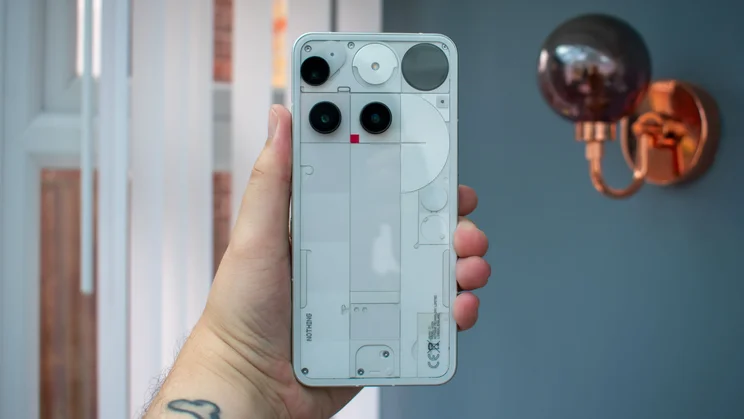
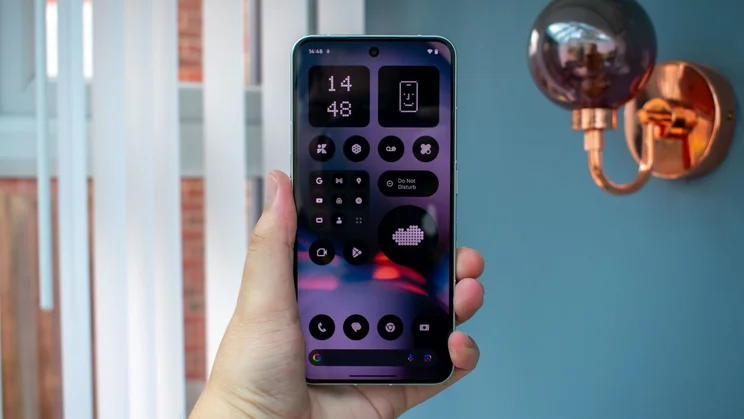
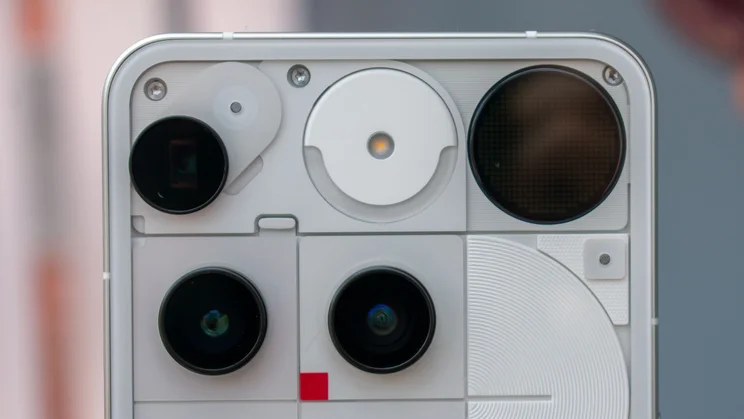
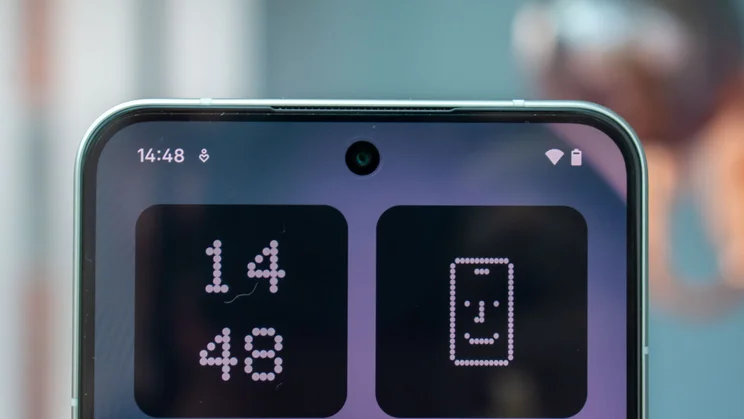
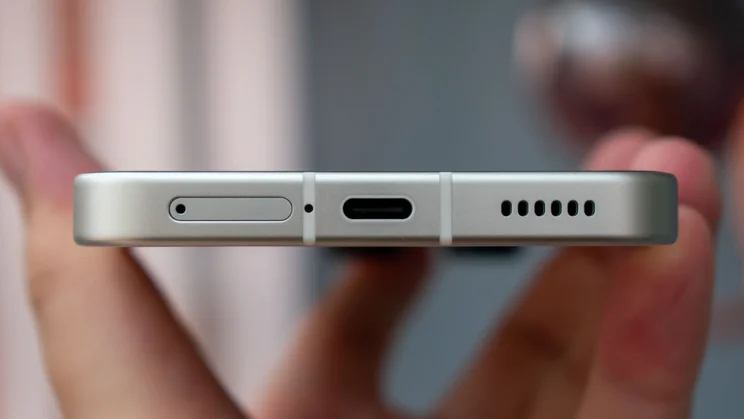
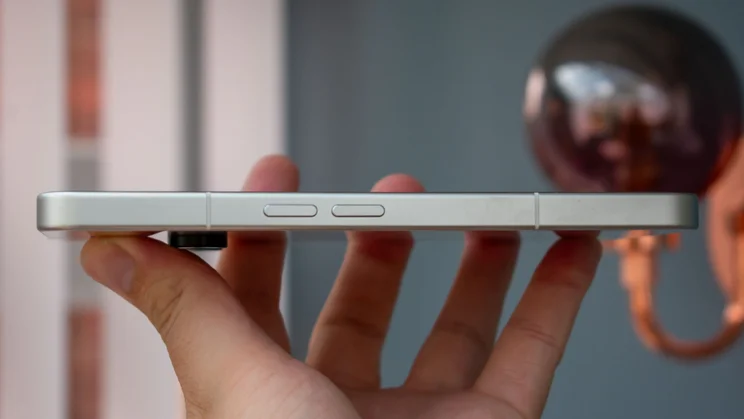
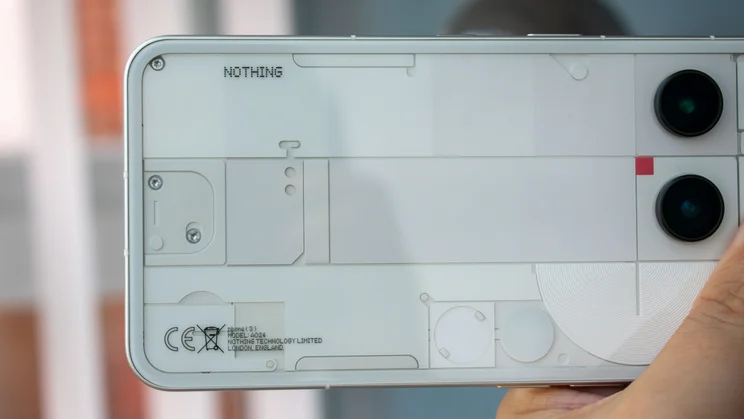
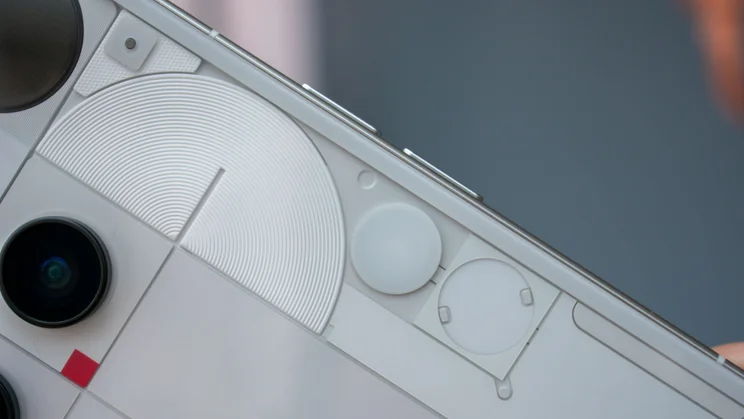
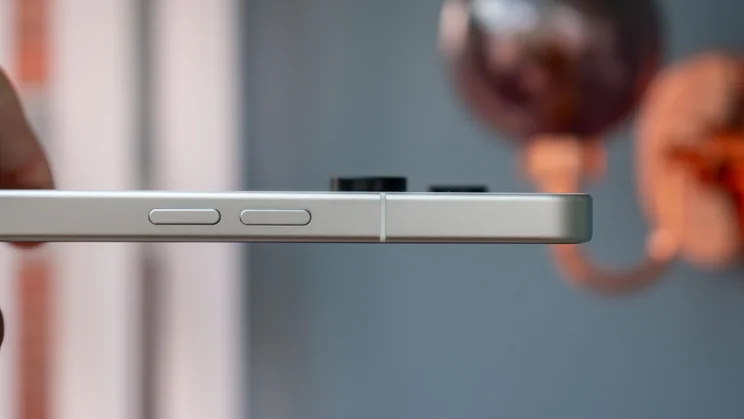
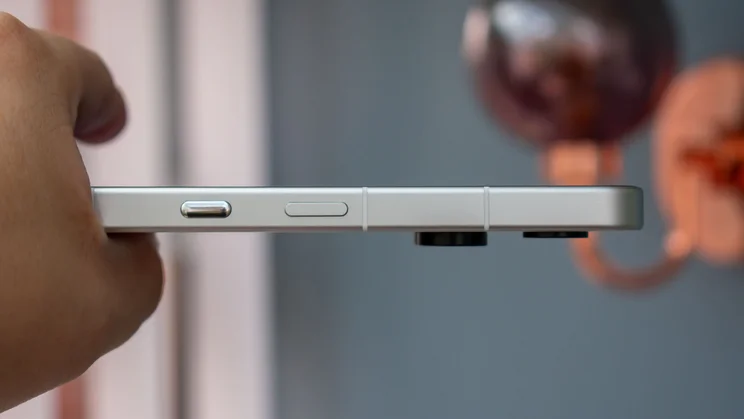
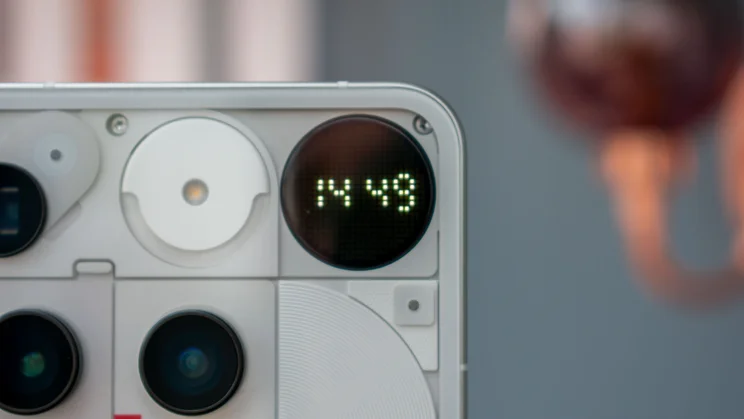
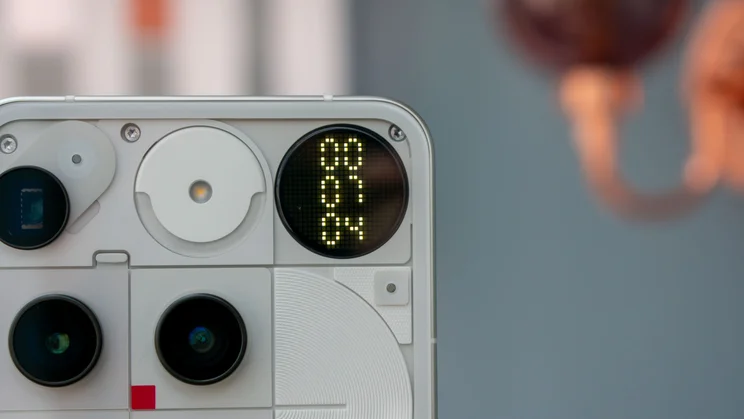



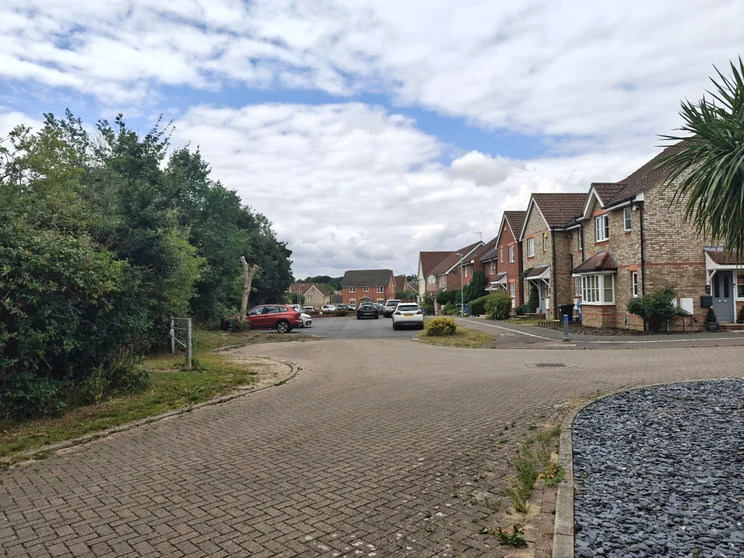
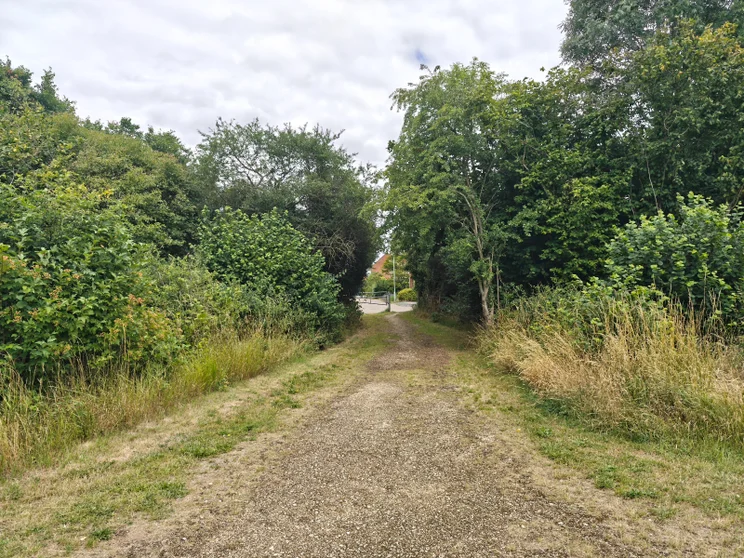

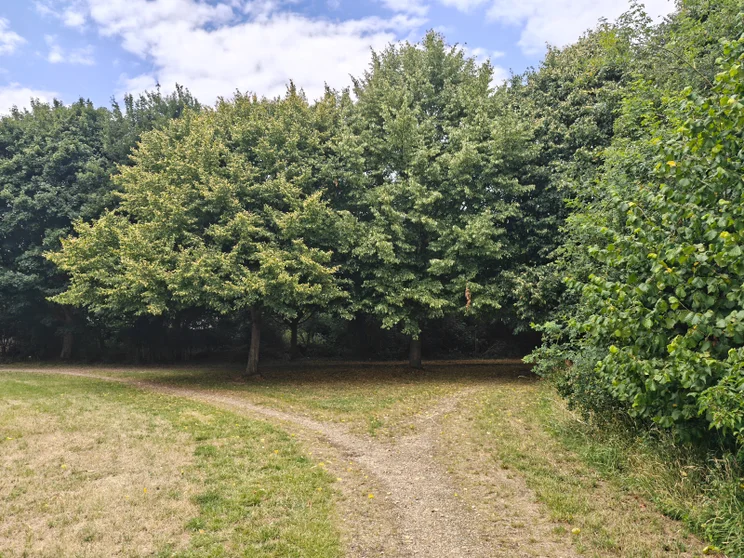





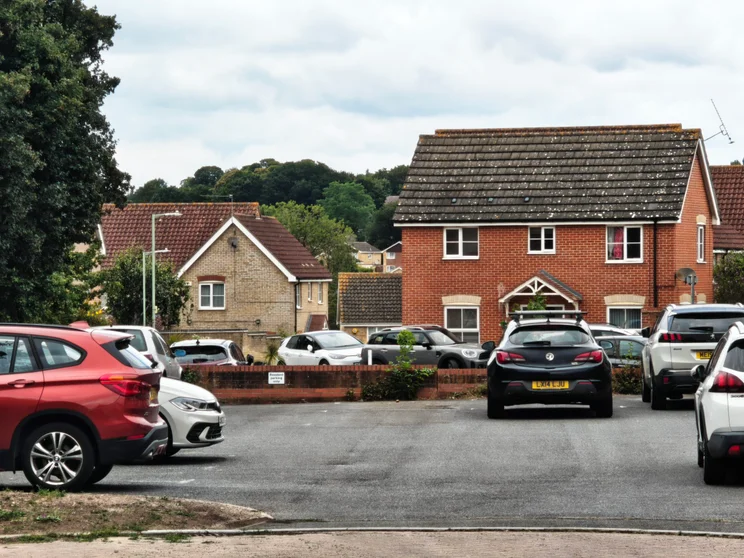
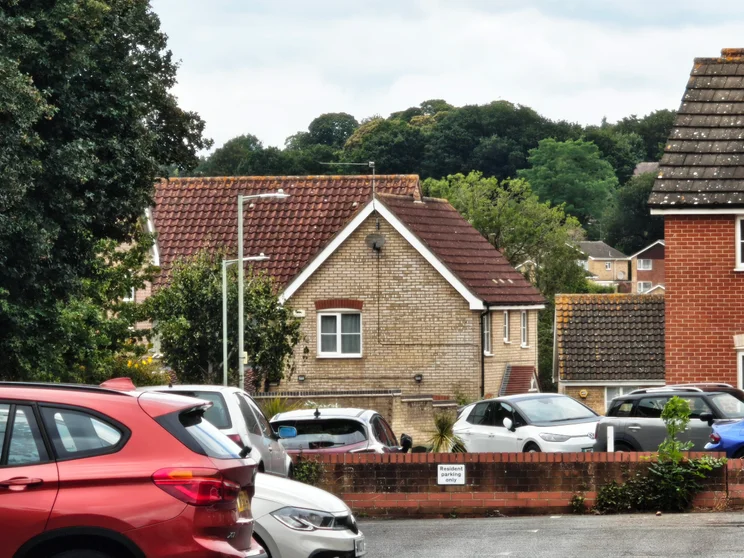
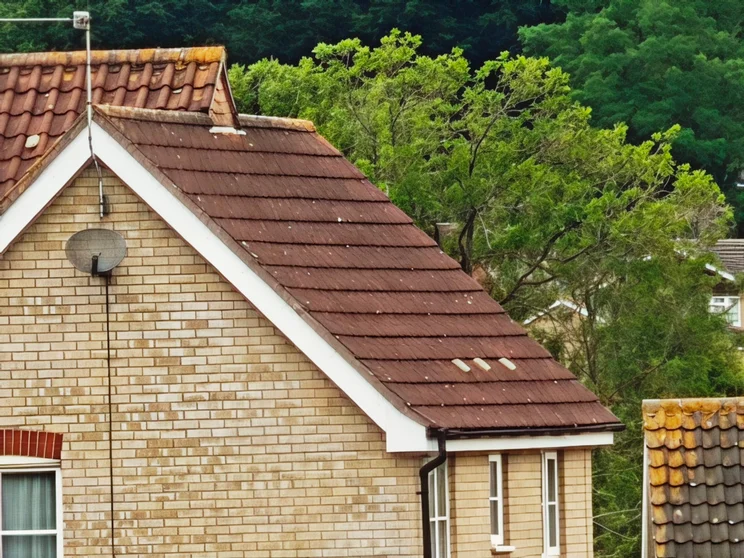
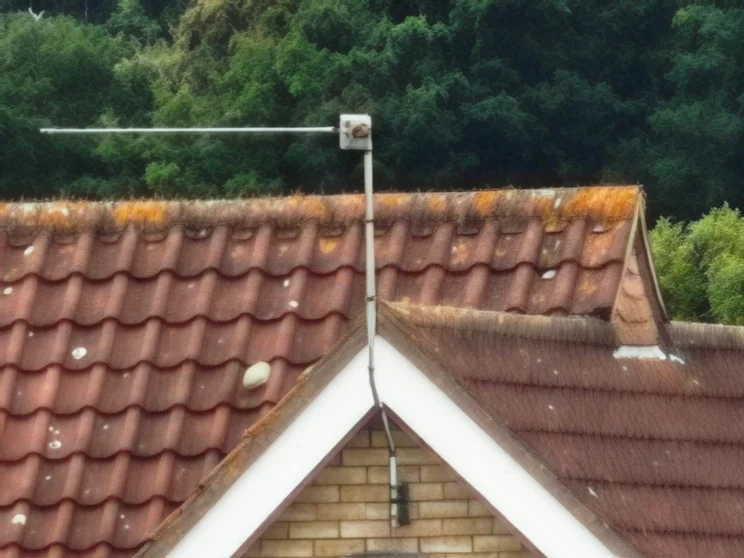

- Glyph Matrix is fun
- Excellent cameras
- Decent battery life and charging
- Design feels like a misstep
- Underperforms for this price
- Quite chunky and heavy
The Nothing Phone (3) has been a long time coming. While the British brand has been making great strides in the mid-range department, it’s been a good couple of years since we’ve seen it take a swing at making a flagship smartphone.
Between the new Glyph Matrix interface and several flagship-level components, the Nothing Phone (3) does a good job at differentiating itself from its cheaper siblings, offering one of the most durable and powerful handsets in the brand’s oeuvre. In the context of Nothing Phones, it’s an impressively specified and uniquely featured handset.
Compared to other entry-level flagships at this price, however, the Phone (3) falls down in a few key areas. Performance is lacking for this kind of money, the build is rather thick and heavy for a premium phone and the feature set is a little thin compared to rivals. It’s a solid attempt at making a flagship, but overall the Phone (3) lacks the refinement and polish that we’ve come to expect from other brands.
Nothing Phone (3): What you need to know
As it’s been a couple of years since the Nothing Phone (2), we have a fair few changes to discuss. Most notable is that the trademark Nothing Glyph Lighting is gone, replaced here with the Glyph Matrix – a dot-matrix of bright LEDs that can illuminate to show a variety of different animations.
Alongside the Glyph Matrix on the rear of the phone are three 50-megapixel cameras, with the main lens joined by a 3x periscope telephoto camera and an ultrawide lens. Over on the front, we have a fourth 50-megapixel lens for selfie shots.





























The display is a 6.67in AMOLED panel with a resolution of 2,800 x 1,260 and an LTPS refresh rate that can dynamically adjust between 30Hz and 120Hz.
Running the show is a Snapdragon 8s Gen 4 chipset, clocked up to 3.21GHz and paired with either 12GB of RAM and 256GB of storage or 16GB of RAM and 512GB of storage. The battery is a 5,150mAh cell that can be charged at up to 65W wired or 15W wireless.
Price and competition
At £799, the 256GB Nothing Phone (3) is a fair bit more expensive than the Phone (2) (£579 at launch). This price bump puts it in line with several high-profile entry-level flagship phones from some of the top brands. In other words, Nothing is stepping up to the major leagues.
The first brand in its way (and the biggest threat here) is Samsung, with the Galaxy S25. Starting at the same £799 for the 128GB model, this compact powerhouse impresses with Snapdragon 8 Elite performance, excellent battery life and gorgeous telephoto shots.





























Google’s Pixel 9 and Apple’s iPhone 16 also start at £799 each, but neither is quite as appealing as the Galaxy, as they both lack a telephoto camera. If you’re happy without that, the iPhone 16 is fiercely powerful, though it only has a 60Hz display, and the Pixel 9 is a keen photographer, but performance is well behind the competition.
The 512GB Nothing Phone (3) costs £899, which puts it head-to-head with the OnePlus 13. This is a bargain flagship phone with Snapdragon 8 Elite performance, an LTPO AMOLED display and a periscope telephoto camera.
Design and key features
Before we get into the nitty gritty of the design, let’s start with the basics. The Nothing Phone (3) measures 76 x 9 x 161mm (WDH), which is a little thicker than most flagship phones – the Samsung Galaxy S25 Plus and iPhone 16 Plus, for instance, are both under 8mm thick. It’s also on the heavier side, at 218g.





























It definitely feels hefty compared to other flagships, but it’s nicely robust, at least. The frame is matte aluminium and there’s a layer of Gorilla Glass on either side (Victus on the back, 7i over the display) for scratch protection. The IP68 dust and water resistance is befitting of a flagship also, certifying the Nothing Phone (3) as dust-tight and able to withstand submersion in 1.5m of water for up to 30 minutes.
Features are all present and correct, too, with a responsive fingerprint sensor under the display and equally nippy face unlocking via the selfie camera. We’ve also got the highest level of connectivity with support for both Wi-Fi 7 and Bluetooth 6.0.





























Ok, nitty gritty time. Nothing’s aesthetic has always been an acquired taste, but where previous models – particularly the Nothing Phone (2) and Nothing Phone (3a) – have walked the line between elegance and originality with grace, some of the design choices on the Nothing Phone (3) just feel messy.
The camera arrangement is scattershot and slightly disproportionate, with the telephoto lens in the top-left a little out of sync with the two lenses below it. Ditching the full-body Glyph lighting also means that the bottom two-thirds of the phone feel a bit barren, while the top portion looks overly cluttered.
I’ll get more into the Glyph Matrix below but, from a design perspective, I don’t love the implementation. It sits in a small panel in the top-right corner and this feels tacked-on, rather than thoughtfully baked into the overall aesthetic.





























I think the best solution would have been to leave the top of the phone as purely camera territory and work the dot-matrix lights into the design further down, similar to the Asus ROG Phone 9 Pro. Here, it could be incorporated into the exposed componentry aesthetic and feel like a more organic inclusion, as well as better distributing the rear features across the back of the phone.
Finally, I also think the Glyph Button needs a rethink. Placed roughly halfway down the right side of the phone’s rear, this touch-sensitive button allows you to cycle through Glyph Matrix animations and interact with others, but its positioning again feels arbitrary – to the point where users could easily miss it entirely. And while it’s nice and responsive with the phone lying face down, it can be hit and miss when you’re holding the phone in your hands.
Display
Things are mostly looking better on the other side of the phone. The 6.67in AMOLED 120Hz display is nice and crisp with its 2,800 x 1,270 resolution and it gets reasonably bright, measuring 739cd/m2 on manual brightness in my testing. Switching to adaptive moded and shining a torch on the light sensor didn’t push it as high as I’d have liked, topping out at 840cd/m2, but it won me back with HDR content playback, where it peaked at 1,204cd/m2.





























The results of my colour testing were a mixed bag, as well. The default Alive colour profile delivers a vibrant and punchy look, ideal for gaming and watching movies, but the Standard profile didn’t impress nearly as much.
Colour accuracy was decent enough, with an average Delta E of 1.29 landing relatively close to our target of 1 or under, but I only recorded an sRGB gamut coverage of 92.9% and a volume of 93.4%. Both are a little low for an ostensible flagship – the Samsung Galaxy S25, for instance, recorded 99.4% and 103.3%, respectively.
Performance and battery life
The 3.21GHz Snapdragon 8s Gen 4 chipset delivers a fantastic improvement in performance over the Phone (2). In the Geekbench 6 CPU tests, the Phone (3) scored 24% faster than its predecessor in the single-core benchmarks and 55% in the multi-core.
While it’s also around the same percentages better than the Google Pixel 9, the Samsung Galaxy S25, iPhone 16 and OnePlus 13 all far surpass the Nothing Phone (3) in both single and multi-core benchmarks.
The Nothing is still a decent performer, and priced £100 cheaper it would be considered fiercely competitive, but in this price range, it’s dramatically outclassed.
The scales are a little more even in the GFXBench GPU test. The Phone (3) didn’t run at its maximum 120Hz in the native resolution (onscreen) portion of this test. It was capped at 60Hz for some reason, so that’s not representative of its overall abilities. The iPhone 16, on the other hand, is sat at 60fps because it only has a 60Hz display.
Looking at the offscreen results, however, we see that the Phone (3) delivered a fantastic result of 137fps, which is far better than the Phone (2) and beats the Pixel and iPhone, as well.
The Samsung and OnePlus are, no dougt, much better gamers, with offscreen results orbiting the 200fps mark for both, but the Nothing Phone (3) does a reasonable enough job. I played Genshin: Impact on the default settings without issue, with gameplay fluid and responsive.
The Nothing Phone (3) performed reasonably well in our battery life test, too, lasting for 27hrs 17mins. That’s roughly in line with the Pixel 9, OnePlus 13 and iPhone 16 but still falls around four hours short of the Nothing Phone (2) and Samsung Galaxy S25. The Nothing Phone’s result will still see you happily through a full day of moderate screentime without issue, though, and into a second one if you’re frugal enough.
The 65W charging is a great improvement over the Nothing Phone (2), bringing the battery from empty to 50% in 19mins in my testing, and on to full in 57mins. Only the OnePlus 13 does significantly better here, with its 80W charging hitting 100% in just 38 minutes.
Software and Glyph Matrix
The Nothing Phone (3) runs on the brand’s latest NothingOS 3.5, which is based on Android 15. This is a generally smooth and fluid operator, which you can arrange in either a classic Android style or the Nothing-flavoured widget-based homescreen. Software support is solid, too, with Nothing committing to five years of OS updates and seven of security patches. Both Google and Samsung offer seven years of both, but this is a decent enough roadmap.





























The latest addition to Nothing’s “Essential Intelligence” is “Essential Search”. Accessible through the app drawer, this search bar can filter through your apps, photos and calendar to answer a variety of questions, getting more personalised as you use it more. It’s a fine inclusion but, as the Phone (3) also supports Google Gemini, which is arguably more accessible via a long-press of the power button, it feels a little redundant.
The Glyph Matrix is a collection of 489 micro-LEDs tucked in the top-right corner of the phone. At time of writing, there are only a handful of functions available, including displaying a stop-watch, a rudimentary spin-the-bottle game, battery display or a full-power flashlight. It also interacts with ringtones and notifications, giving you unique animations for different people calling you, for instance. It’s far from essential, and arguably more gimmicky than the Glyph Lighting we had before, but it’s definitely a bit of fun.





























Nothing has plenty of ideas for this feature, however, so expect it to expand dramatically in the future. Upcoming uses include a Magic 8 Ball and a selfie mirror, which creates a facsimile of your reflection with the lights, helping you to line up selfies taken with the rear camera. Perhaps most exciting, however, is that Nothing has opened the Software Development Kit (SDK), allowing devs to create their own uses for the Glyph Matrix.
Cameras
The main camera is a 50-megapixel sensor with an f/1.7 aperture and support for Optical Image Stabilisation (OIS) and Phase Detection Autofocus (PDAF), which help with detail capture and swift focal locking, respectively.
I was suitably impressed with the results. Images are bright and colourful, with decent contrast plucking out finer details in the background and solid dynamic range keeping the shadows and highlights nicely distinct.

The OIS is particularly helpful in low-light conditions. Shooting at night requires you to manually select night mode – which is a bit of a pain, as other brands detect the low-light and switch automatically – but once you’re on it, results are very good. Detail is solid, even in particularly shadowy areas, and the colours are pleasingly natural.

The 50-megapixel (f/2.7) periscope telephoto camera also performed very well in my testing, capturing crisp portrait shots and detailed landscapes with the 3x optical zoom. You’ve got a maximum zoom distance of 60x, with AI upscaling kicking in after 30x, and they look fairly decent for the most part, with only the 60x shots looking a little plasticky and overly processed.

The 50-megapixel (f/2.2) ultrawide camera is also one of the better examples I’ve used in recent memory. The colour palette is slightly more vibrant than the main lens but not to the point that shots look unnatural or overprocessed and detail capture is decent, barring those tricky edges, of course.

Rounding out the camera suite is a fourth 50-megapixel lens for selfie shots, which does a great job at reproducing natural skin tones and keeps a crisp outline around the subject.
Video can be captured at up to 4K/60fps, with OIS (optical image stabilisation) keeping footage nice and steady. This is a solid video suite that’s roughly in line with the competition but the Samsung Galaxy S25 does slightly up the stakes by offering support for 8K recording.
Nothing Phone (3): Verdict
This is Nothing’s self-proclaimed first flagship phone, so the mere fact that it’s featuring in the same conversation as the likes of the iPhone 16 and Samsung Galaxy S25 is a success in itself. And for the most part, it holds up to the more established competition very well. The build is robust, the cameras are mostly excellent, and the battery life is decent. Even the display issues I encountered are mostly inconsequential for most users.
You can get more phone for this kind of money. The Samsung Galaxy S25, for instance, is faster, has better battery life, an LTPO display, 8K video recording and a much slimmer build with more durable Gorilla Glass Victus 2 on the front and back. If those things are important to you, I can’t recommend that you buy the Nothing Phone (3).
If, however, you’re a fan of the brand, or are just looking for something different with your next smartphone, the Nothing Phone (3) is an interesting alternative to the samey flock of modern smartphones. The Glyph Matrix is fun and set to expand even further, essential Space is one of the more useful implementations of AI I’ve seen so far and, even if it’s difficult to love, there’s no denying that the design is different. It’s not the best phone you can get for this price, but the Nothing Phone (3) is certainly unique among entry-level flagship phones.





